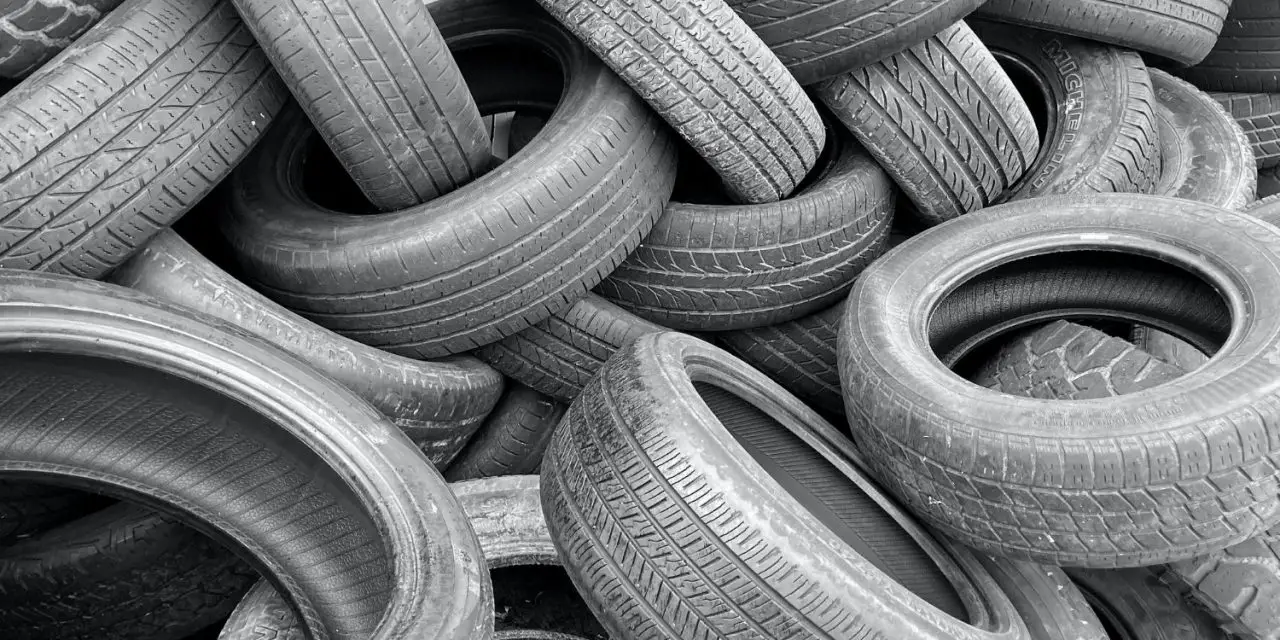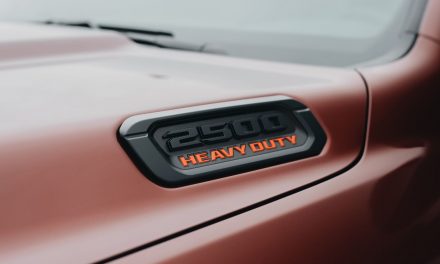Many people think it’s okay to put a directional tire on any wheel, but this could have dangerous consequences. Directional tires are designed to rotate in one direction for optimal performance and to prevent aquaplaning. Rotating a directional tire backward can reduce its life drastically and cause decreased traction, faulty cornering and control, and increased vibration.
Fortunately, an asymmetric tire is designed so it can be rotated in any direction without sacrificing performance or safety; while symmetric tires can be rotated in either direction as well. However, regardless of the type of tire you use, rotating them in the right direction is essential to ensuring your safety on the road.
With that said, let’s dig a bit more into what each of these types of tires is, and why you should never put a directional tire on backward.
Directional vs Asymmetric & Symmetric tires
What is a directional tire?
Directional tires are a special type of tire designed to help maximize a vehicle’s performance by optimizing traction during acceleration and cornering. The tread pattern on directional tires is designed to be unidirectional, meaning that the front and rear of the tire rotate in opposite directions once installed.
People who have directional tires installed usually experience improved handling capabilities which would not have been possible if a standard tire was used. This type of tire is becoming increasingly popular due to improvements in the technology used to create them, thus making them more affordable for an ever-increasing number of people.
What is an Asymmetric tire?
An asymmetric tire is a type of tire that has a different tread design on the inner and outer sides, enabling it to offer better levels of grip in either wet or dry conditions. The outer part of the tire provides maximum contact with the road surface when cornering, while its inner side is designed for increased straight-line stability and resistance to hydroplaning.
In addition, an asymmetric tire also allows for better heat dissipation during long drives and can increase comfort levels by absorbing more vibrations. While these tires are a great choice for performance driving, they are often more expensive than traditional tires and should be replaced more frequently to maintain peak performance.
What is a Symmetric tire?
A Symmetric tire is a type of tire that has the same structure on both sides. This means that no matter which way you turn the tire, it will look and perform the same. This is beneficial for vehicles that travel in multiple weather conditions as it ensures that there is good traction and handling on any type of terrain.
One advantage of having symmetric tires is longer tread life due to less wear and tear in comparison with directional tires.
So what type of tire should not be put on backward?
Directional tires are designed to improve the car’s performance, particularly in wet conditions. When placed on backward, the tire tread won’t be able to push away water in a uniform manner like normal, causing your vehicle to lack traction and possibly lose control when driving on slick roads.
To ensure maximum safety for you and your passengers, familiarize yourself with the arrow on the sidewall of the directional tire indicating which way it should rotate. Taking a few extra minutes to check this can save you from losing steering precision and potentially cause an unfortunate incident down the line.
Conclusion
Tires are arguably the most important part of a vehicle as they are what make contact with the road, providing traction and stability to ensure safe driving. Knowing which type of tire is best for your vehicle, and how to correctly install them, can help you stay safe on the roads and enjoy an optimal driving experience.





